PROJECTS OVERVIEW
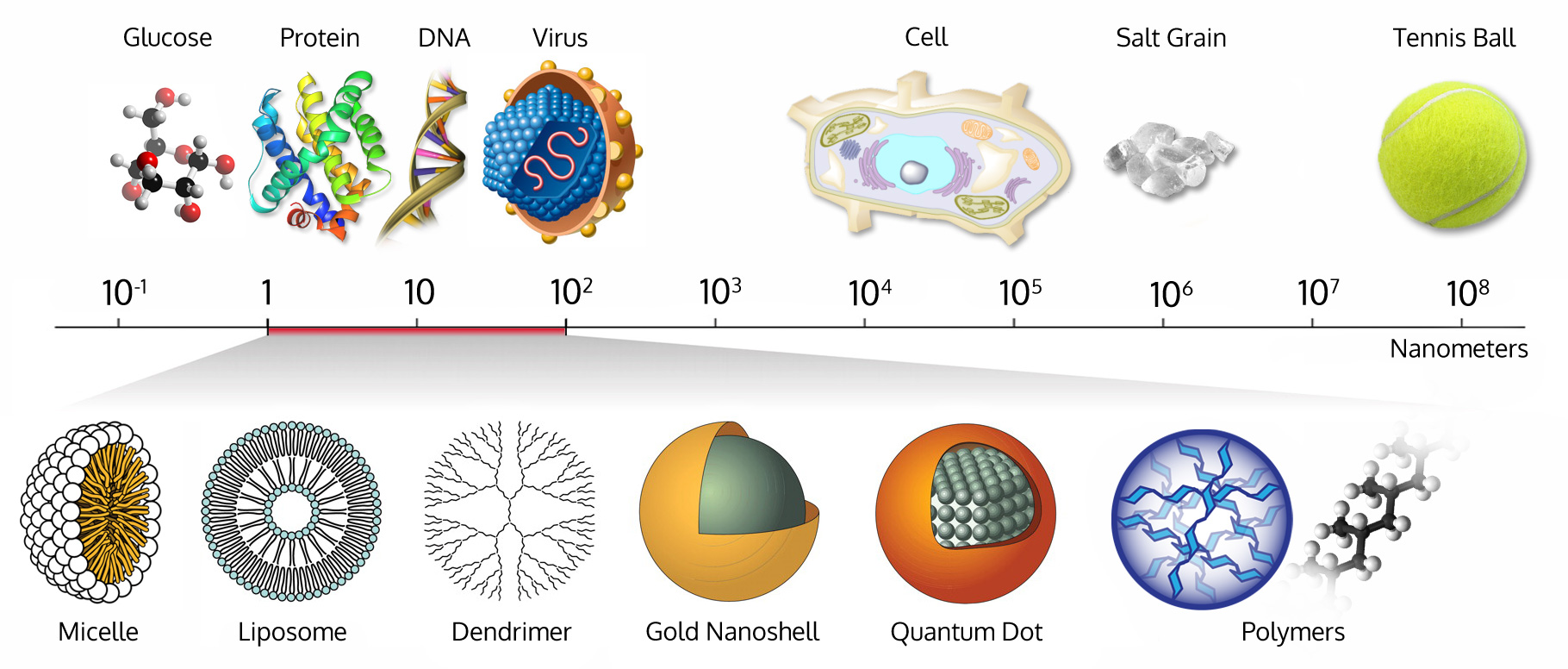
METHODS
Biopolymer Scaffolds
We modify natural biopolymers (sugars, peptides, proteins) to optimize their properties beyond the original functions.
Chemical Modification
The extensive toolkit of bioorganic chemistry provides various possibilites for chemical functionalization.
Nanoparticle Formation
We apply various biotechnological techniques to form micro- and nanoparticles in tunable sizes.
Biological Testing
Cellular functions and the bioactivity of the produced biomaterials are analyzed in-house with in vitro tests.
SPECIFIC PROJECTS (selection)
Examples:
“pH-Responsive Protein Nanoparticles via Conjugation of Degradable PEG to the Surface of Cytochrome c”
E. Steiert, J. Ewald, A. Wagner, U. A. Hellmich, H. Frey and P. R. Wich
Polym. Chem., 2020, 11, 551 – 559. (DOI: 10.1039/C9PY01162E)
“Nanoparticle Assembly of Surface-Modified Proteins” M. Fach, L. Radi, P. R. Wich
J. Am. Chem. Soc., 2016, 138 (45), 14820–14823 (DOI: 10.1021/jacs.6b06243)
“Methods of Protein Surface PEGylation under Structure Preservation for the Emulsion-based Formation of Stable Nanoparticles” L. Radi, M. Fach, M. Montigny, E. Berger-Nicoletti, W. Tremel, P. R. Wich
Med. Chem. Commun. 2016, 7, 1738–1744 (DOI: 10.1039/C5MD00475F)
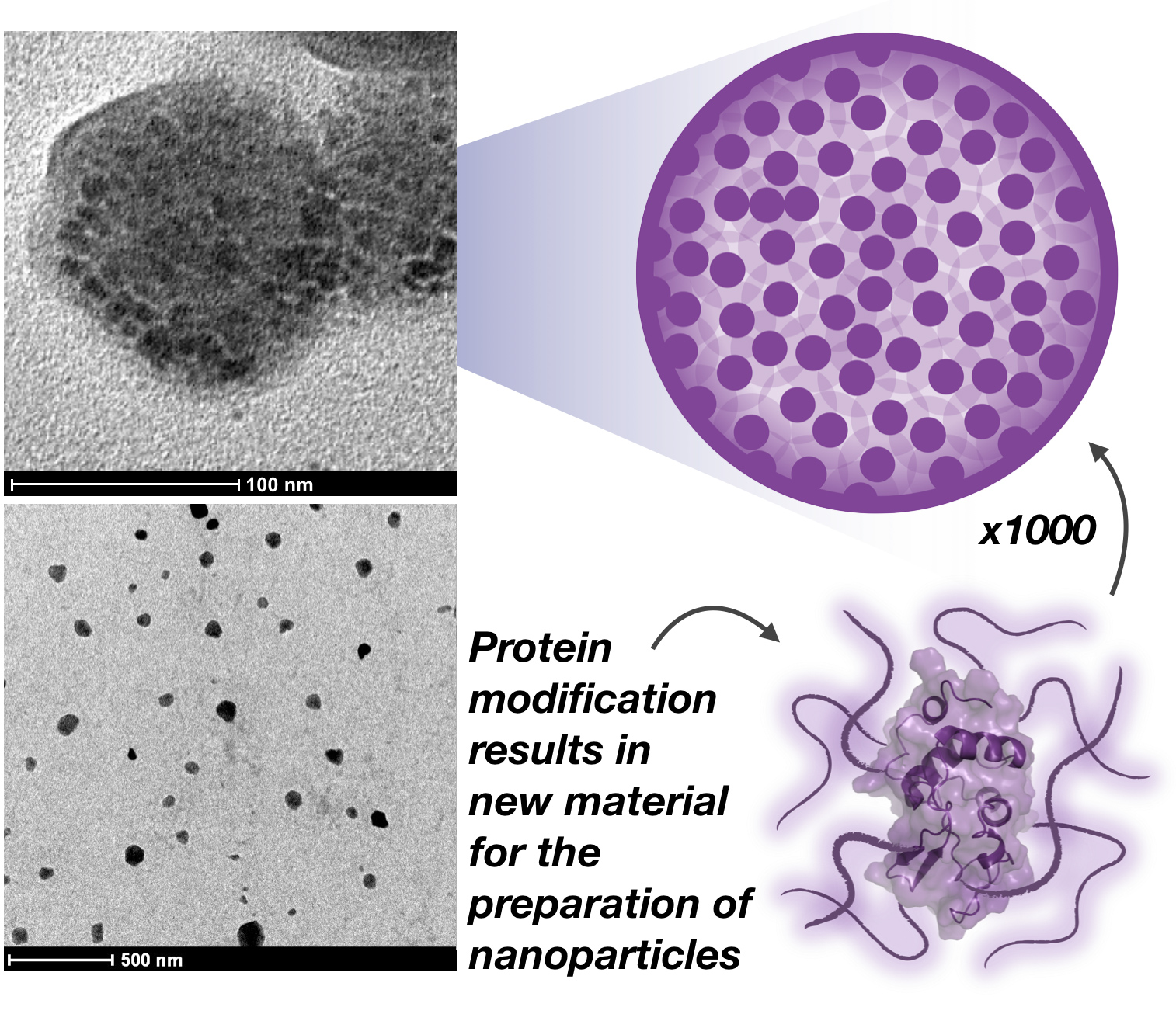
Examples:
“pH-Responsive Protein Nanoparticles via Conjugation of Degradable PEG to the Surface of Cytochrome c”
E. Steiert, J. Ewald, A. Wagner, U. A. Hellmich, H. Frey and P. R. Wich
Polym. Chem., 2020, 11, 551 – 559. (DOI: 10.1039/C9PY01162E)
“Protein‐Based Nanoparticles for the Delivery of Enzymes with Antibacterial Activity”
E. Steiert, L. Radi, M. Fach, P. R. Wich
Macromol. Rapid Commun. 2018, 39,1800186 (DOI: 10.1002/marc.201800186)
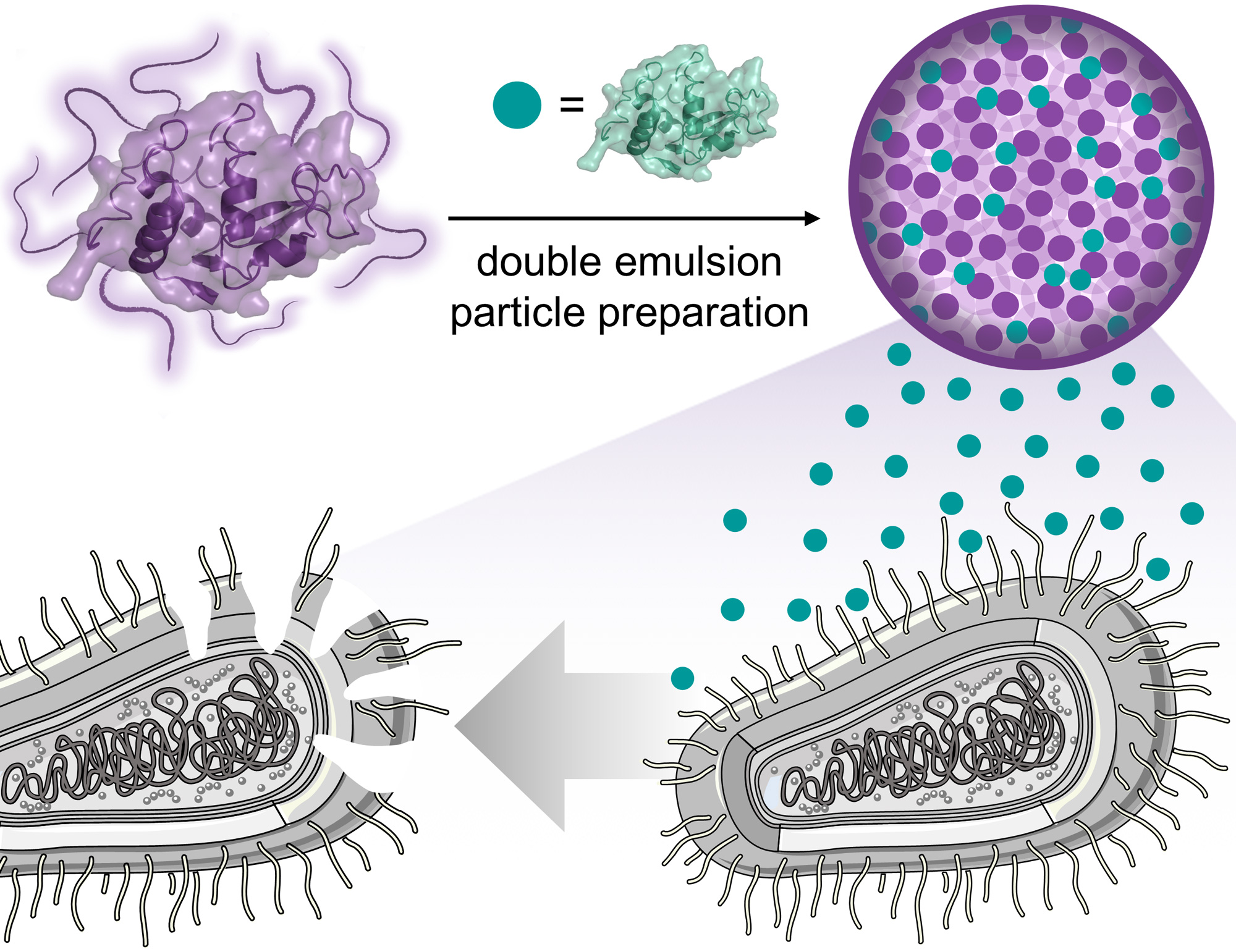
Examples:
“Co-Encapsulation of L-Asparaginase and Etoposide in Dextran Nanoparticles for Synergistic Effect in Chronic Myeloid Leukemia Cells”
M.Konhäuser, V. K. Kannaujiy, E. Steiert, K. Schwickert, T. Schirmeister, P. R. Wich
Int. J. Pharm., 2022, 121796. (DOI: 10.1016/j.ijpharm.2022.121796)
“Receptor-mediated Uptake of Folic Acid-functionalized Dextran Nanoparticles for Applications in Photodynamic Therapy” K. Butzbach, M. Konhäuser, D. N. Bamberger, B. Breitenbach, B. Epe and P. R. Wich
Polymers, 2019, 11, 896. (DOI: 10.3390/polym11050896)
“Dextran-based Therapeutic Nanoparticles for Hepatic Drug Delivery” F. Foerster, D. Bamberger, J. Schupp, M. Weilbächer, L. Kaps, S. Strobl, L. Radi, M. Diken, D. Strand, A. Tuettenberg, P. R. Wich, D. Schuppan
Nanomedicine 2016, 11 (20), 2663–2677. (DOI: 10.2217/nnm-2016-0156)
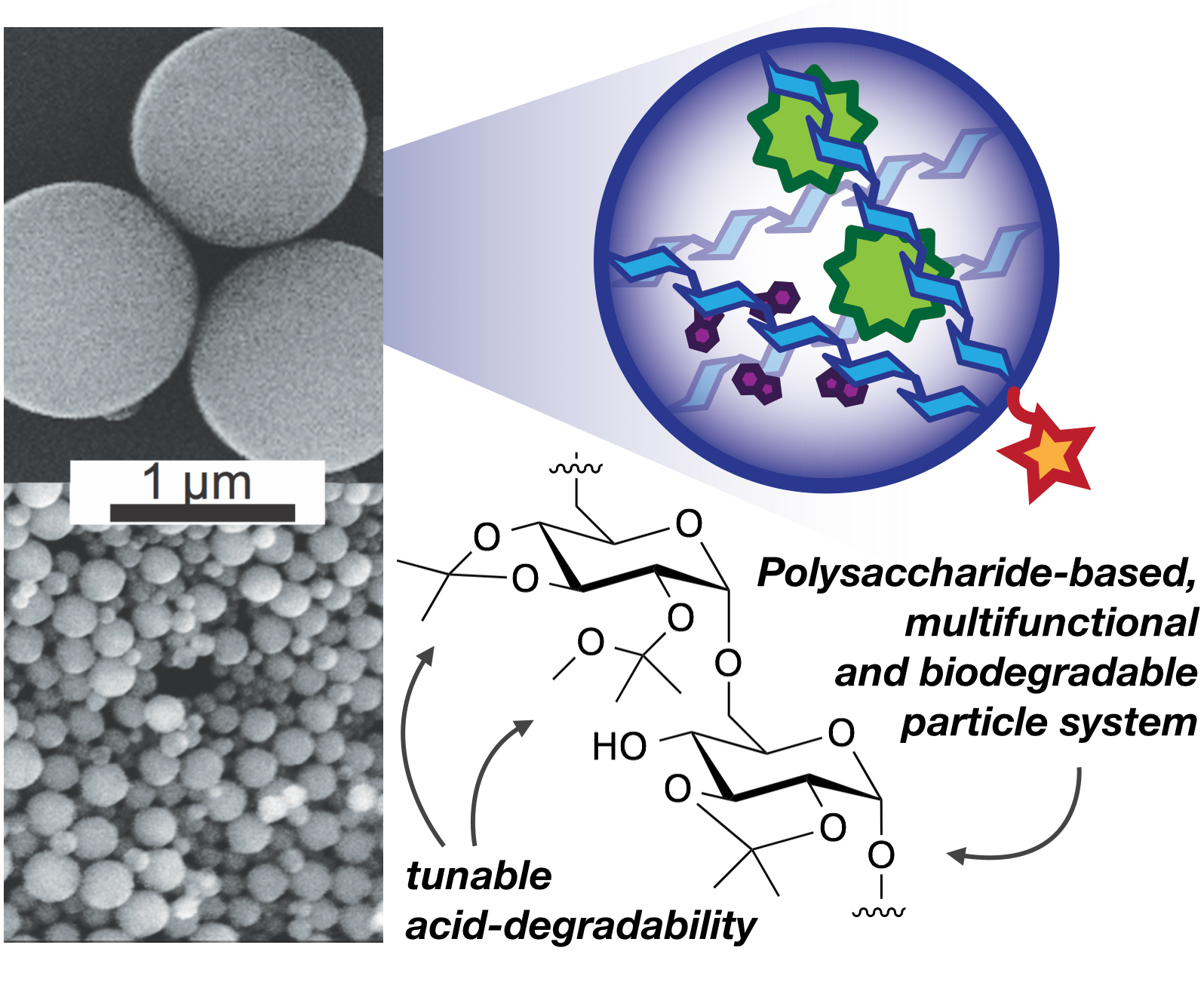
Examples:
“Double Stimuli-Responsive Polysaccharide Block Copolymers as Green Macrosurfactant for Near-Infrared Photodynamic Therapy”
B. Breitenbach, E. Steiert, M. Konhäuser, L.-M.Vogt, Y. Wang, S. H. Parekh and P. R. Wich
Soft Matter, 2019, 15, 1423–1434. (DOI: 10.1039/C8SM02204F)
“Amphiphilic Polysaccharide Block Copolymers for pH-responsive Micellar Nanoparticles” B. Breitenbach, I. Schmid, P. R. Wich
Biomacromolecules 2017, ASAP. (DOI: 10.1021/acs.biomac.7b00771)
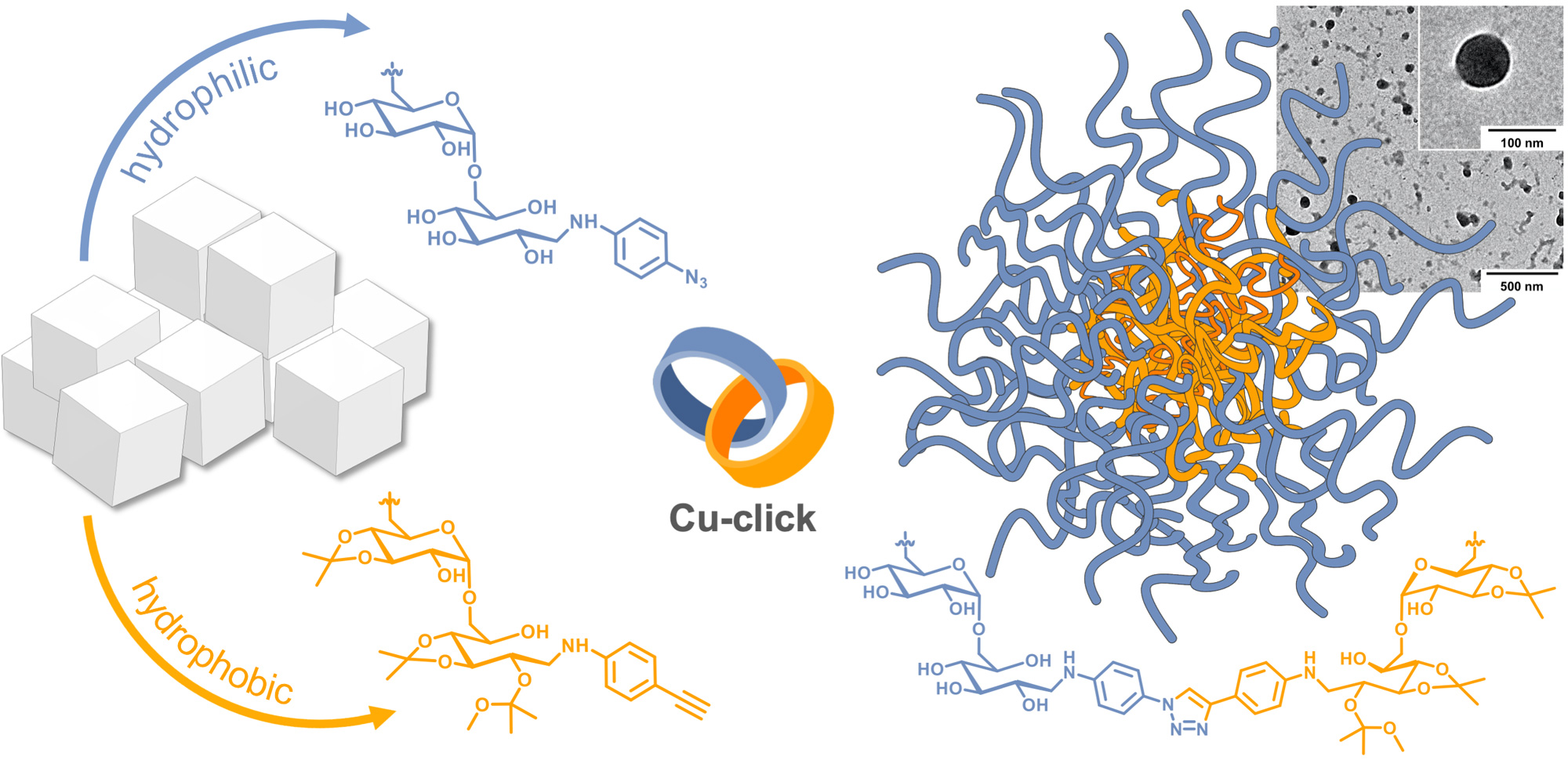
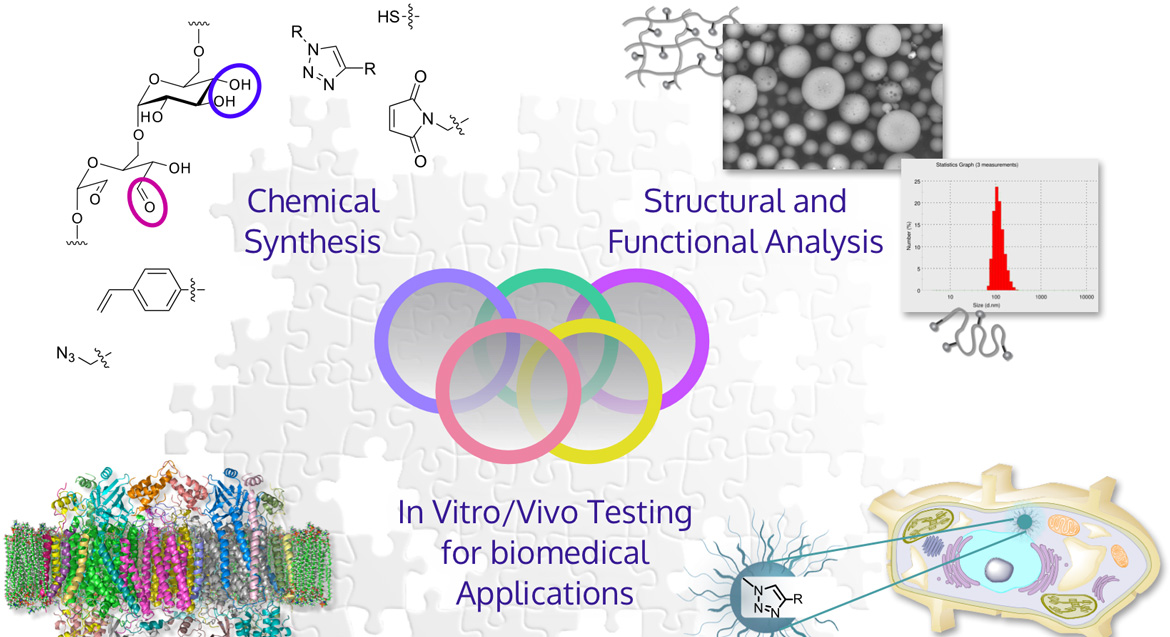
“Stay Hungry – Stay Foolish”
— Steve Jobs, C.E.O. Apple Computers








